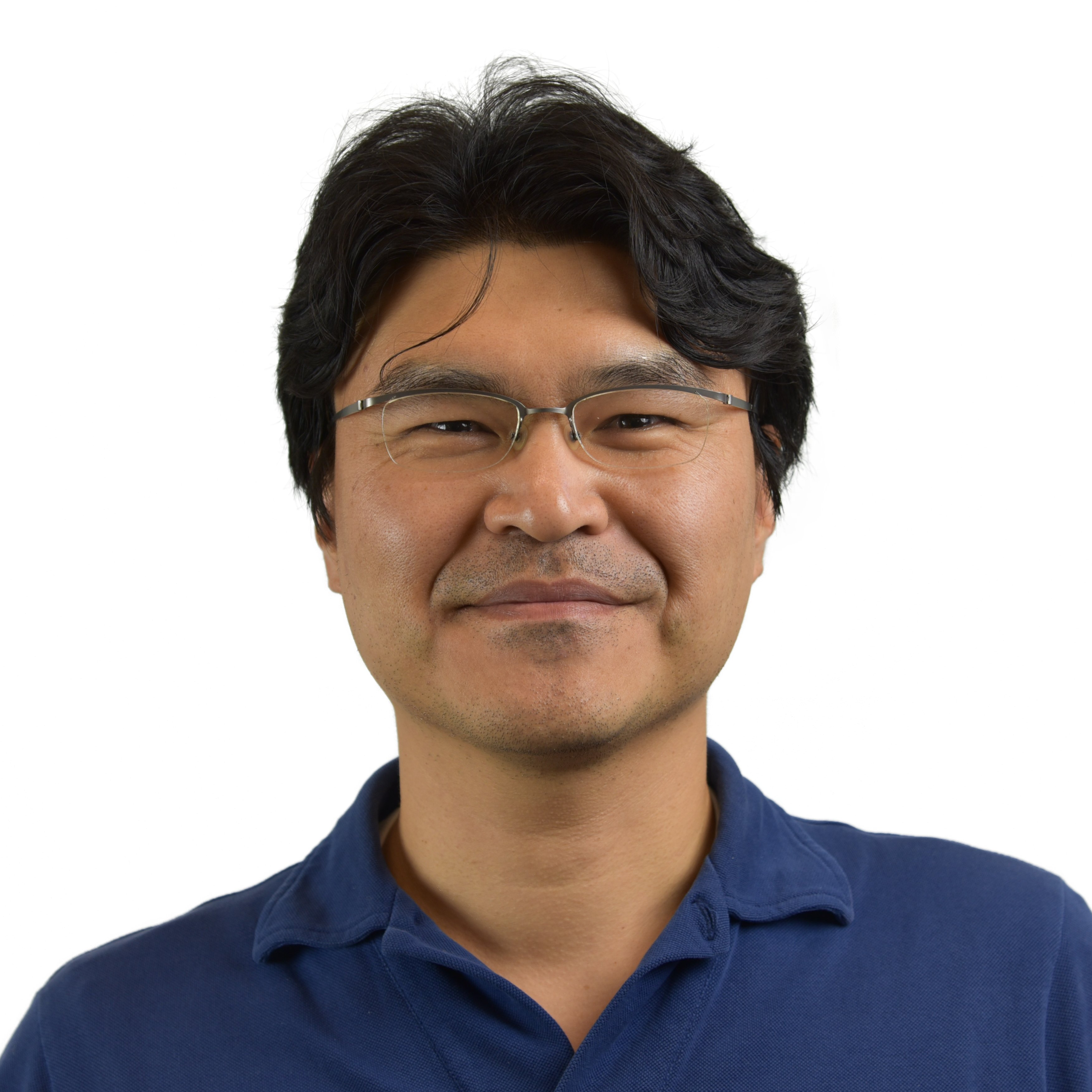Tissue Engineering
(I-327) Deep Learning-Enhanced Cardiac Microphysiological Systems: Studying In Vitro and In Vivo Reentry Arrhythmia
- YS
Young Hoon Son
Research Associate
Emory University
Decatur, Georgia, United States - HP
Hyeong Kyun Park, BS (he/him/his)
Summer Intern
Emory University
West Lafayette, Indiana, United States - CS
Christina Y Sheng
Graduate Student
Georgia Tech and Emory University, United States - JJ
Jeongin Jang
Undergraduate Student
Georgia Technology, United States - JP
Junbeom Park
Associate Professor
Ewha Womans University, United States 
Sung Jin Park
Assistant Professor
Georgia Tech and Emory Univ
Atlanta, Georgia, United States
Presenting Author(s)
Co-Author(s)
Primary Investigator(s)
Arrhythmia can be caused by two major tissue-level mechanisms: reentry and focal activities, which lead to the disruption of normal sinus rhythm in the heart. Understanding these mechanisms and their contributions to arrhythmias in individual patients is critical for developing effective treatments to manage and prevent them. To this end, patient-specific in vitro human models based on induced pluripotent stem cell-derived cardiomyocytes (iPSC-CMs) have been developed to replicate these arrhythmogenic activities and identify pathophysiological mechanisms specific to individual patients. Moreover, recent advancements in in vitro and in vivo electrophysiology (EP) mapping technology have enabled the capturing of patient-specific arrhythmogenic mechanisms, generating a vast amount of EP videos. However, current methods and systems to analyze both EP videos are still limited for high-throughput analysis, and the interpretations of clinical EP videos can be still subjective and vary among clinicians.
Materials and Methods:: To address the limitations, we introduce cEP-Net, a novel deep cardiac EP system. cEP-Net comprises two components: (1) a cardiac microphysiological system for replicating various reentry and focal activities in vitro and (2) a deep learning-based EP video classifier featuring a spatial and temporal streams architecture. This classifier efficiently analyzes cardiac EP videos, identifying arrhythmogenic activities and categorizing them into four types: no or localized activities, normal linear propagation, focal activity, and reentrant activity. The deep EP classifier is built on a two-stream architecture, consisting of spatial and temporal streams, each with a two-hidden-layer two-dimensional CNN framework and three fully connected layers. We trained cEP-Net using 111,110 annotated in vitro EP videos generated by our cardiac microphysiological system. We then evaluated its performance for both in vitro and in vivo clinical settings. For in vitro performance testing, we assessed cEP-Net's capability to capture reentry formation and evolution in in vitro cardiac tissues within the first day after seeding. Additionally, we examined its ability to detect transient focal activities in cardiac tissues expressing the pacemaker ion channel (HCN4). Furthermore, we utilized cEP-Net in an in vitro application to assess Flecainide-induced vulnerability of human cardiac tissues to reentry. Lastly, we employed cEP-Net in an in vivo application to detect singularities of EP propagation in the hearts of patients with atrial fibrillation.
Results, Conclusions, and Discussions:: Our pre-trained cEP-Net exhibited excellent performance with a high Kappa value of 91.0% and a concordance rate of 94.7% across all categories. Utilizing UMAP visualization, cEP-Net successfully clustered in vitro EP videos into four distinct categories with spatial separation on the UMAP. In addition, cEP-Net effectively captured the developmental stages and evolution of reentry during the early formation of in vitro cardiac tissue, as well as the initiation of focal activities in tissues expressing the HCN4 pacemaker protein.
Moreover, cEP-Net played a crucial role in quantifying the arrhythmogenic risks of cardiac agents, particularly in capturing Flecainide-induced vulnerability to reentry. We conducted investigations using human iPSC-induced cardiomyocyte tissues to understand how Flecainide impacts the initiation of reentry caused by a premature (S2) extra-stimulus following the "sinus" rhythm (S1) beat. During the S1-S2 stimulation, we utilized cEP-Net to identify reentry EP videos induced by the premature S2 stimulation in real-time and determined the vulnerable window—the temporal range within which reentry could be induced by premature S2 stimulation. The results revealed that Flecainide significantly shifted the vulnerable window to a longer action potential duration and increased the width of the vulnerable window for reentry. As a consequence, the probability of arrhythmia increased.
Finally, we successfully applied cEP-Net to analyze electroanatomical mapping videos in vivo. It demonstrated remarkable capability in real-time identification of phase singularities at a millimeter scale in hearts with atrial fibrillation (AF), while effectively capturing the EP patterns of hearts with persistent AF. Our findings revealed that hearts with persistent AF displayed a higher number of both focal activities and reentries in both the pulmonary vein and the posterior box of the left atrium, in comparison to hearts with paroxysmal AF.
In conclusion, cEP-Net proves to be a powerful tool, enhancing our understanding and analysis of cardiac electrophysiology in both in vitro and in vivo settings. It provides valuable insights, shedding light on the underlying mechanisms responsible for these arrhythmogenic tendencies.
Acknowledgements (Optional): :
References (Optional): :
